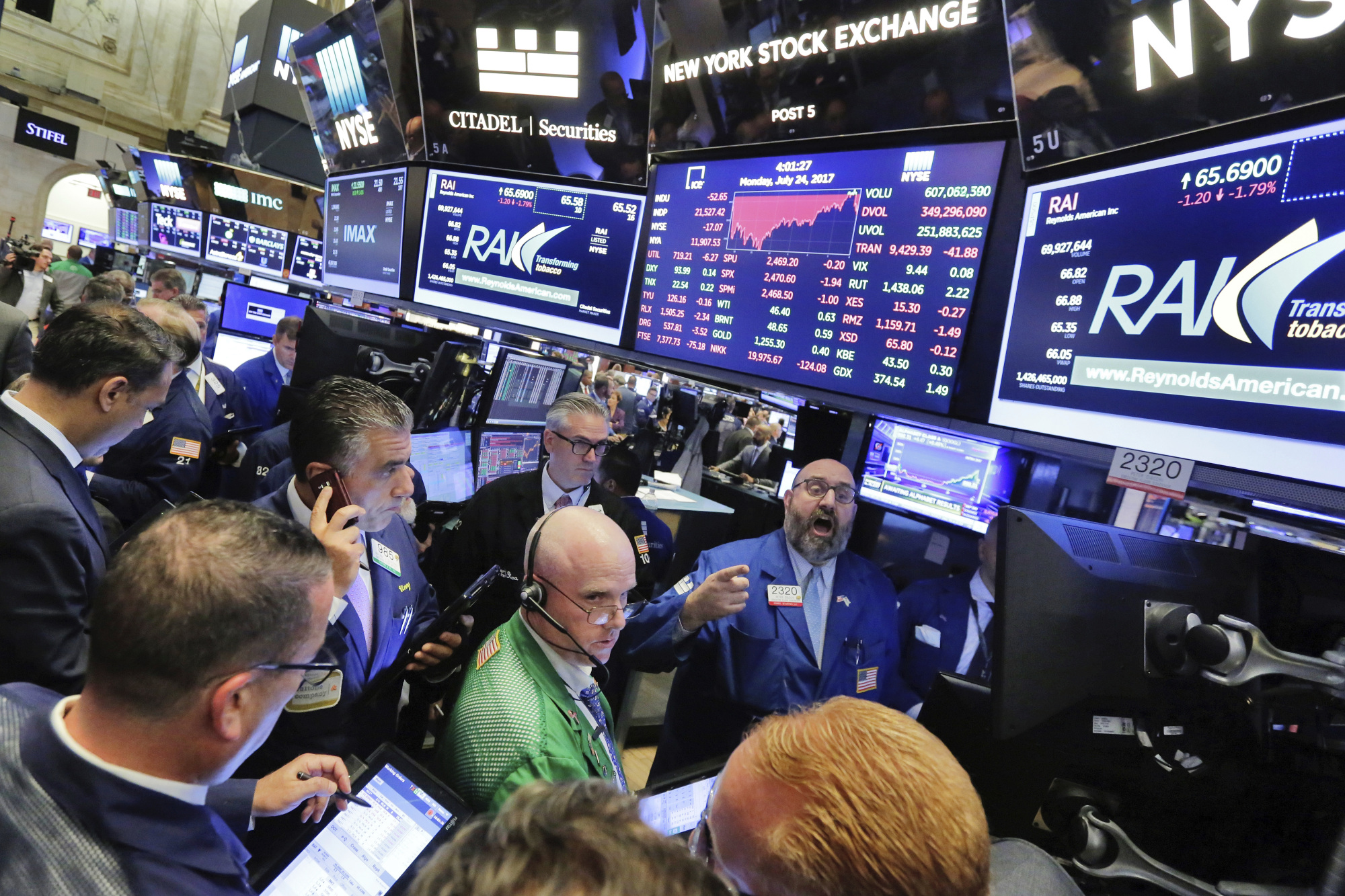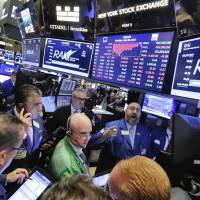Ten years ago today a pair of Bear Stearns Cos. hedge funds that had gorged on subprime mortgage securities filed for bankruptcy, becoming the canaries in the coal mine for the global financial system that collapsed 15 months later.
After banks worldwide lost $2 trillion and received $700 billion of bailout money, the six largest in the U.S. are making almost as much as they did in 2007. But they haven't all been rewarded the same. Those that took the biggest government bailouts — Citigroup Inc. and Bank of America Corp. — are still way below where their shares traded the day the canary died.
Banks that had smaller losses in the crisis have done better. JPMorgan Chase & Co., whose subprime losses were about half of Citigroup's, has seen its share price double. Spokesmen for all six banks declined to comment.
A flurry of new rules and more aggressive regulators have forced banks to increase their capital levels, which serve as a buffer to absorb losses during a downturn.
Too much leverage — relying on short-term borrowed money with little shareholder equity — was at the heart of why so many big banks succumbed to the subprime crisis. Bear Stearns's capital was about 2 percent of its total liabilities when adjusted to compare with today's tougher standards. That meant its assets had to lose 2 percent of their value on average to wipe out the firm's equity.
As subprime losses mounted, Bear Stearns faced a run by its short-term creditors and was forced to sell itself to JPMorgan in March 2008. Today JPMorgan has a capital-to-assets ratio of almost 7 percent under the latest international standards.




















With your current subscription plan you can comment on stories. However, before writing your first comment, please create a display name in the Profile section of your subscriber account page.